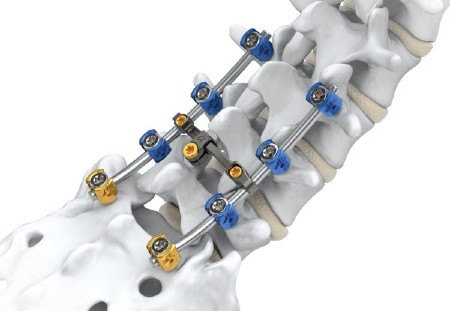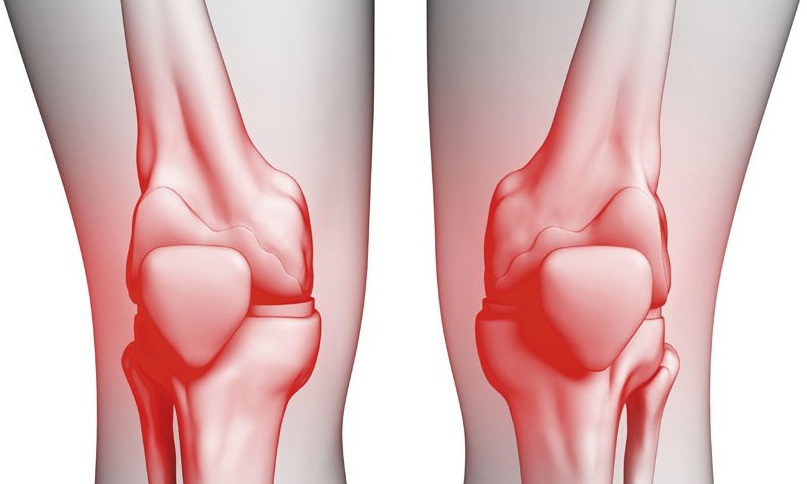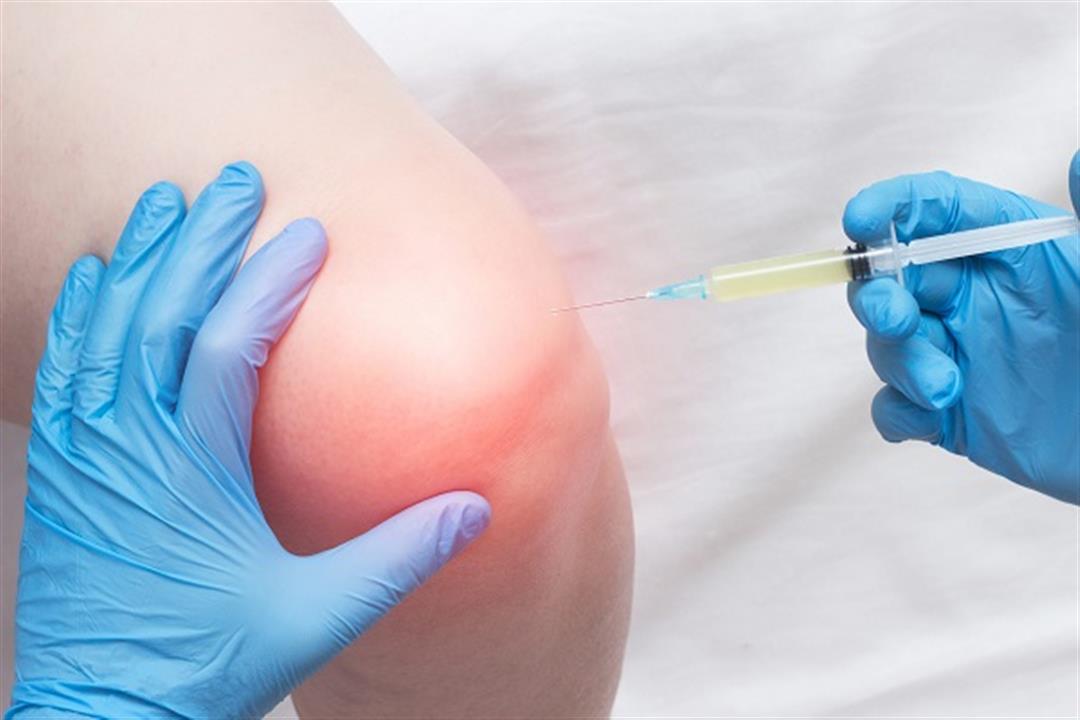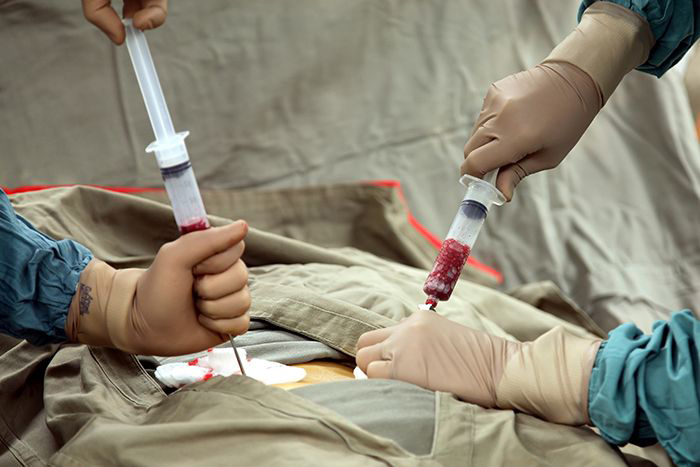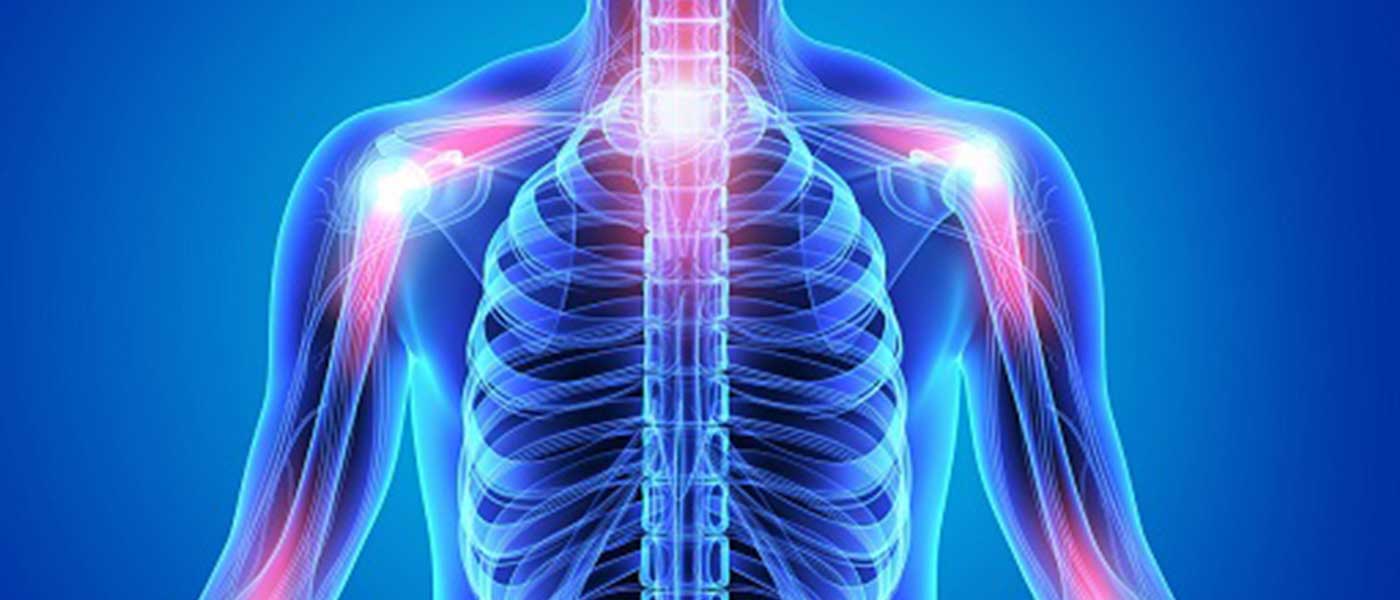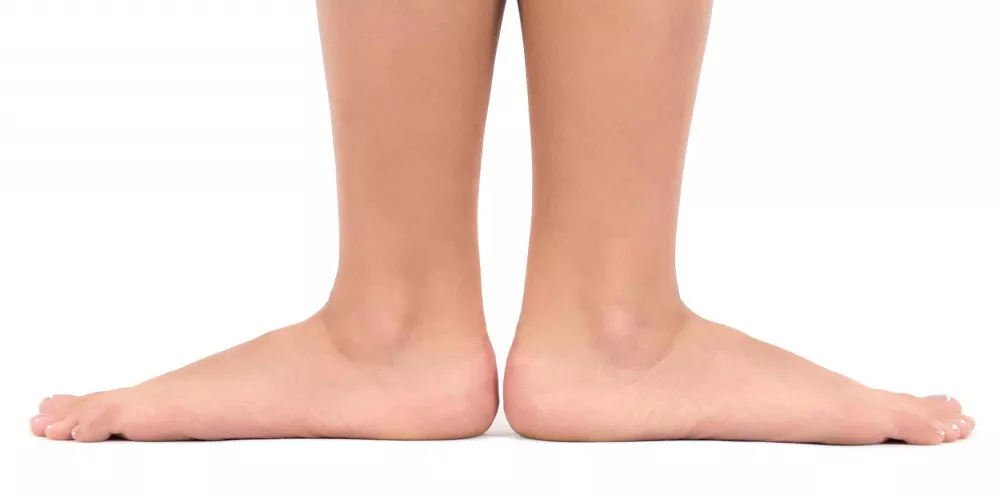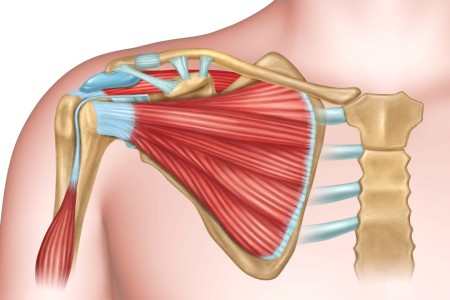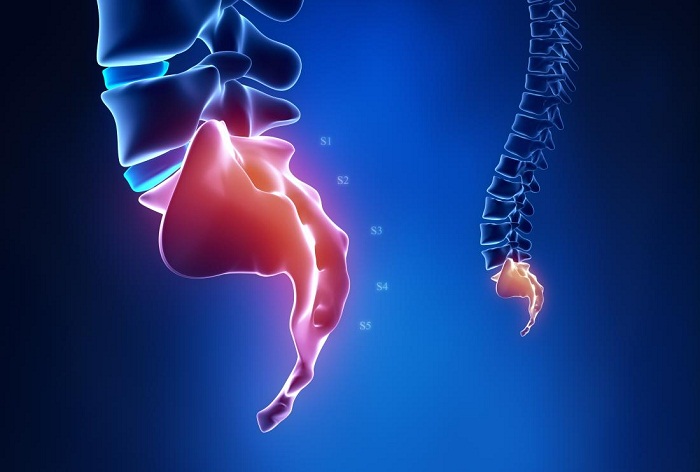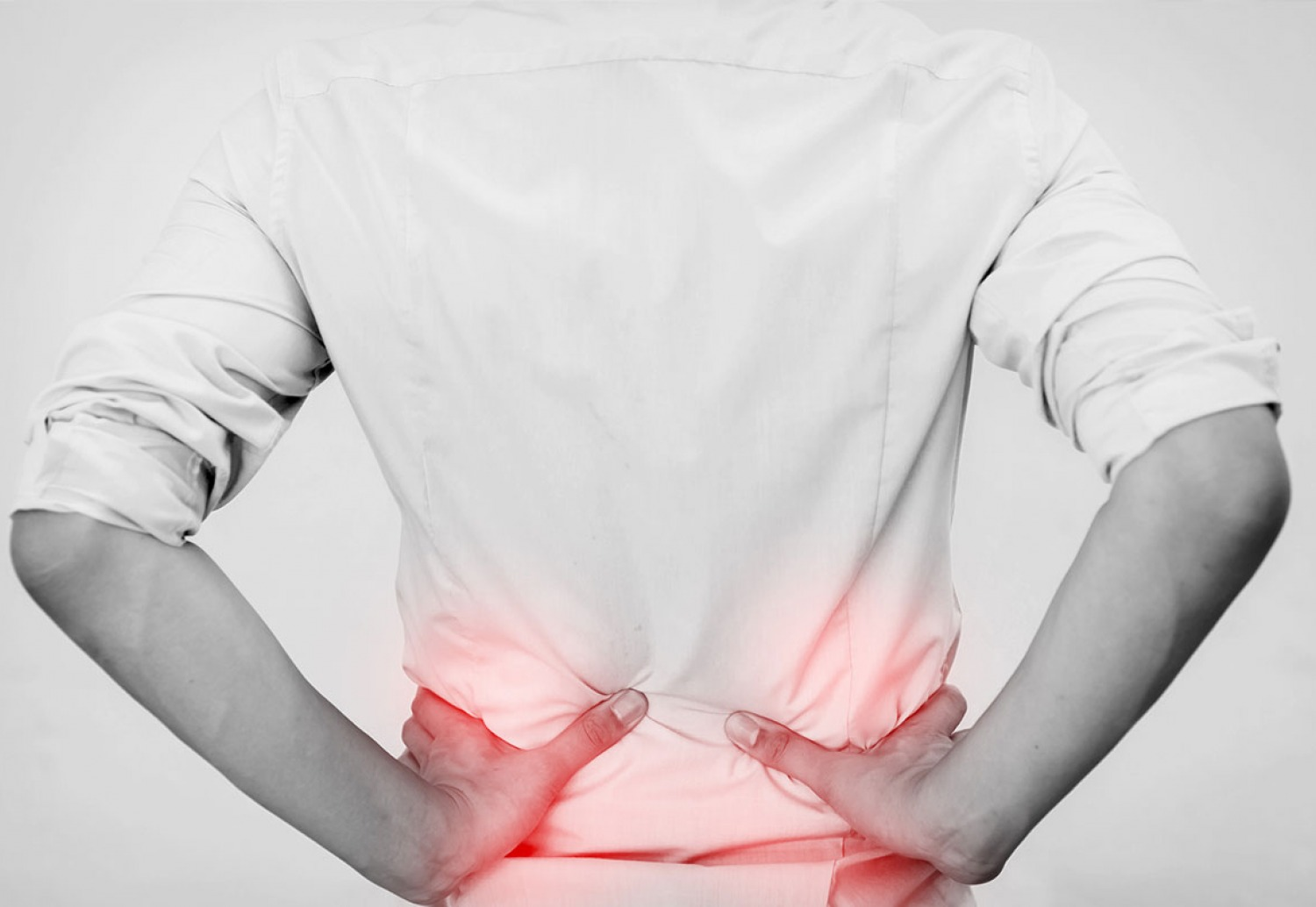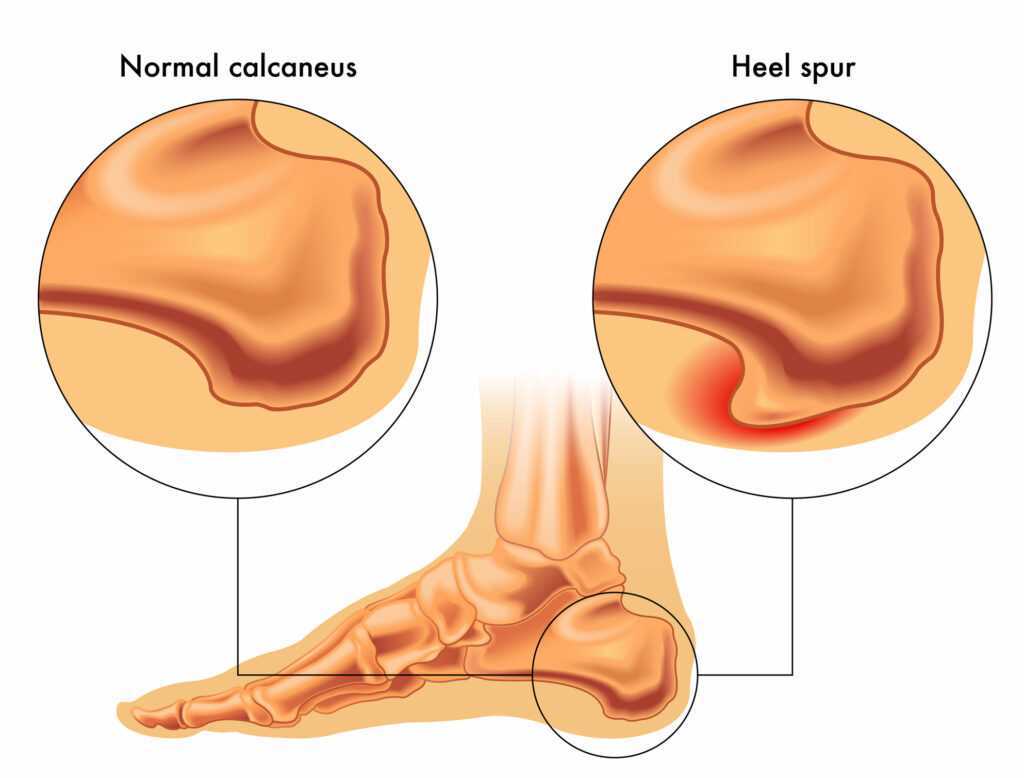Learn more about thigh plate and screw installation surgery and how to treat it
Thigh plate and screw installation surgery, Installing a plate and screws in the thigh is an important surgical procedure to stabilize fractures and restore the natural bone structure without the need for a cast. The method of inserting plates and screws varies according to the unique condition of the bone and patient. For thigh bones, in some cases, the use of artificial substitutes may be required, which we will explain to you in detail through the following article.
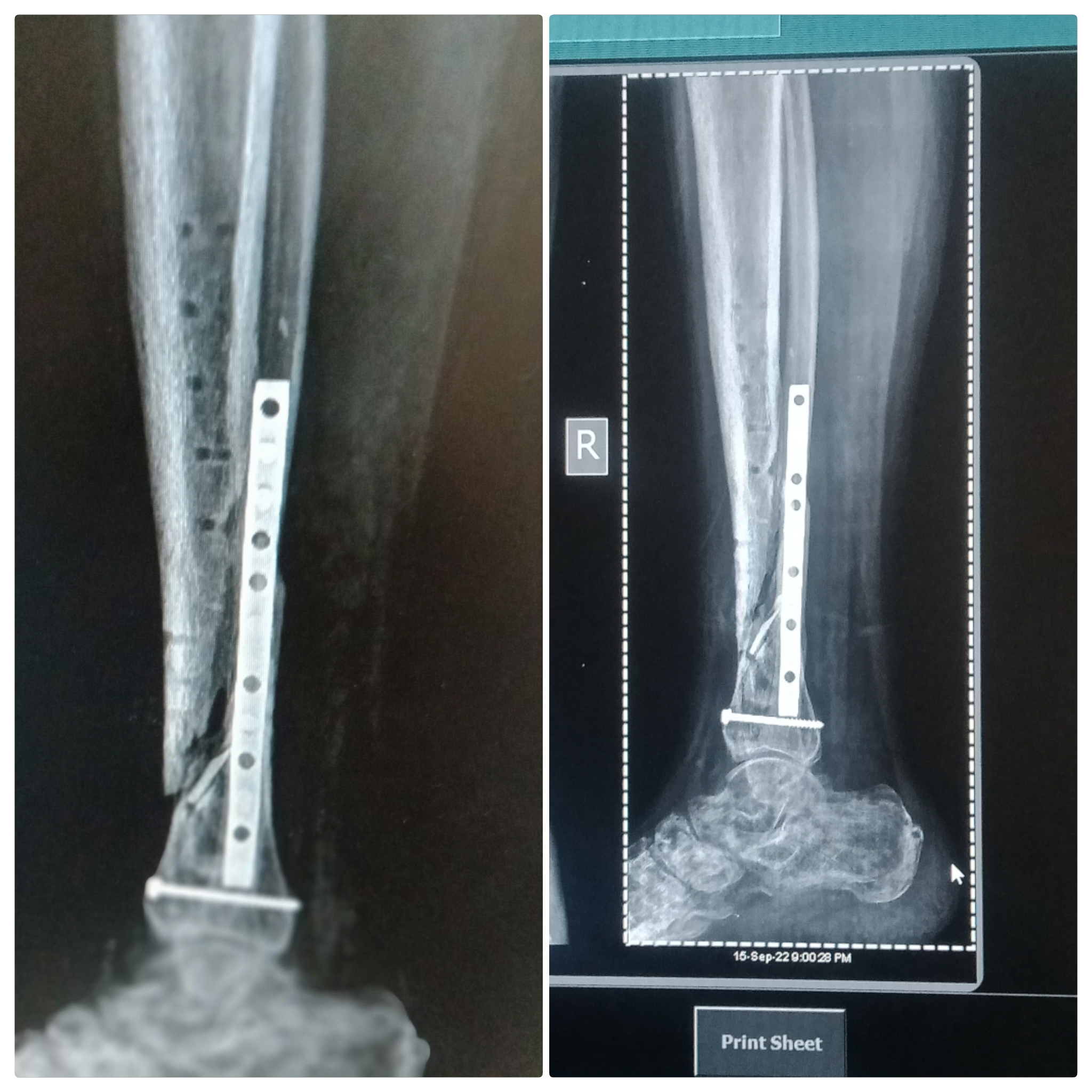
Thigh plate and screw installation surgery
The plate and screw installation surgery in the thigh is one of the important treatments for bone fractures that require surgical intervention. The surgery is performed after determining the location of the complete fracture, and the plate and screws are inserted into the bone after removing the fractured bone, in order to stabilize and fix the different bone well.
The thigh plate and screw installation surgery uses many techniques and tools specific to orthopedics. The patient is fully anesthetized during the operation and the skin is cleaned and the wound is treated according to the surgeon’s instructions. This surgery provides an opportunity for infection, so all necessary precautions are taken to minimize risks. The skin is thoroughly cleaned and antibiotics and wound care are used carefully to avoid complications and risks.
Fracture treatment begins with performing a plate and screw installation surgery in the thigh, then waiting until the wound heals and stabilizes completely, then strength training exercises can be started and gradually return to sports activities. As it should also adhere to the proper rehabilitation process for this type of surgery correctly, as this is essential for regaining strength and flexibility in the affected muscles, and consulting the attending physician and following his instructions correctly to achieve good results and complete recovery.
Dr. Amr Aml: The first choice for plate and screw installation surgery in the thigh with the highest quality standards.
Types of thigh joint fractures
A thigh joint fracture causes severe pain and confusion and is difficult to treat, because this joint is one of the largest in the body and requires a lot of care and attention. In this medical news, we will explain to you the forms and types of thigh joint fractures, and their treatments.
- Femoral neck fracture: Most injuries in the thigh joint come from the femoral neck area, making this type of fracture the most common. With the difficulty of blood flow to this area, healing from this type of fracture can be difficult and may require surgery.
- Fracture in the upper part of the femur: This type of fracture commonly affects older people, especially women, and occurs after falling from high elevations or in car accidents. This type of fracture often requires surgery so that the patient can walk and move well.
- Femoral head fracture: The femoral head meets the acetabulum, and a fracture in this type is one of the least common. This type of fracture usually requires surgery because complete healing requires securing a set of wires, pins, plates and screws to keep the bone in place.
- Pelvic fracture: When a pelvic fracture occurs, a thigh joint injury should also be considered because the back of the pelvis is the area where the joint bears the brunt of excess weight.
Regain your movement with confidence with Dr. Amr Aml, a specialist in installing thigh plates and screws.
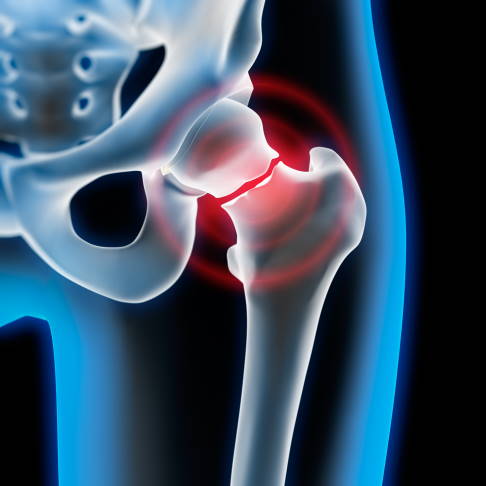
Thigh joint fracture treatment
Treating thigh joint fractures requires special care because it is one of the complex and dangerous injuries. When this injury occurs, medical personnel should be contacted quickly to evaluate it, immobilize the injury, and administer medical necessities.
During treatment, the specialist doctor uses a range of different tools and techniques; including casts, fixation and massage devices, prosthetic and surgical care, depending on the type of fracture. If non-surgical treatment is insufficient, surgery must be performed to resolve the injury.
This injury requires a lot of care and patience while the body heals, as its treatment is long and the success of treatment can only be judged after a period of time. Therefore, care should be taken to preserve this joint and avoid falls and excessive weight bearing on the bone.
Experience plate and screw installation surgery in the thigh with Dr. Amr Aml, an experience that reflects precision and skill.
Reasons for resorting to plate and screw surgery in the thigh
The thigh is one of the largest bones in the human body, and is susceptible to many injuries such as bone fractures or arthritis, which affects its ability to move. That’s why many doctors use the plate and screw installation technique, after performing the necessary surgery if necessary, to restore movement to the thigh and improve the quality of life of patients. In this article, we will review the most important reasons for resorting to plate and screw surgery in the thigh.
- Thigh fractures: One of the main reasons for the regular use of plates and screws in the thigh are fractures. Unstable fractures in this area are among the most dangerous injuries that can occur, where internal bone fixation surgery must be performed using plates and screws, to re-enable the patient to move normally.
- Pain relief: The plate and screw installation surgery helps relieve the pain experienced by the patient. Thanks to the tight fixation of the bones, this reduces the sensitivity and pressure exerted by the body on the affected area.
- Prevention of joint inflammation: Joint injuries in the thigh area are common, which is why supports must be placed to stabilize them, which cannot be done through physiotherapy or sports exercises to treat this condition.
- Treatment of sports injuries: Plates and screws are used to stabilize thigh bones in a range of sporting events, where an athlete after a thigh injury can avoid leaving the competition, especially in necessary surgical procedures that include the use of internal fixation.
- Return to normal life: Thanks to the use of modern techniques in bone surgery, resorting to stabilize thigh fractures using plates and screws is easier and more advanced, providing an opportunity for rapid recovery and return to normal life faster.
- Improve quality of life: The plate and screw installation surgery greatly improves the patient’s quality of life, as movement is restored to the thigh, pain is relieved and the sensitivity and pressure present in the affected area are reduced.
In summary, the plate and screw installation surgery in the thigh helps regain control of movement, reduce pain and tension in this area, leading to a significant improvement in patients’ quality of life.
With Dr. Amr Aml, plate and screw installation in the thigh is done using the latest techniques and the highest standards of care.

How are femur fractures fixed using plates and screws?
Femur fracture is a common injury that many people suffer from, and it can lead to inability to move and walk properly. Therefore, it is important to treat this type of injury quickly and effectively; plates and screws are used in the process of bone fixation, and through this guide, we will provide information on how femur bone fractures are fixed using plates and screws.
- Plates and screws are used to fix bones in cases of severe and complex fractures; especially in case of femur or leg fracture. This procedure requires great skills and experience from the treating physician.
- The first step in the process of fixing a broken bone in the femur using plates and screws is to make the necessary preparations for the surgery, which include a comprehensive body examination and the necessary medical tests. The patient is also given some instructions and guidance about the surgical procedure and which medications should be reduced or completely avoided.
- For the fixation process, the area containing the broken bone is cleaned and then the plate is applied to the bone from the outside and fixed to the bone using screws. The sizes and types of plates and screws vary depending on the fractures and bone sizes.
- This is a surgical procedure, so it is performed under general anesthesia by specialized physicians; The process may take a few counted hours, depending on the severity of the injury, and after the fixation process, the patient is closely monitored to ensure bone stability and harmony and no exposure to injury.
- Once the stability of the bones is verified and it is confirmed that there are no problems, the next steps are determined, which include wound treatment, prevention of infections, recovery from fixation surgery, and it is important that the patient is aware of all the details and information related to the surgery. and to adhere to all the instructions given to him; This will help avoid any problems after the surgery.
In summary, the process of fixing bone fractures in the femur using plates and screws requires skills and experience from the treating physician; The bones are effectively stabilized to ensure proper and rapid recovery, and it is important to adhere to all instructions and guidance provided by the treating physician to ensure proper and effective recovery.
Choose Dr. Amr Aml for his expertise for excellent results in femur plating.
After Plate and Screw Surgery on the Thigh?
Once plate and screw insertion surgery on the thigh is performed to fix fractures, caring for the wound and overall process becomes an important part of treatment. In this guide, we will provide you with helpful tips for caring for the wound. Here is some basic information for everyone undergoing this type of surgery that requires plating and screwing on the thigh.
- Rest and Relaxation: The patient should rest for a few days after surgery and the thigh will be stabilized with aluminum or titanium plates and screws. Movement will be restricted by placing a splint around the thigh and part of the screws and plates will be tightened temporarily after surgery to aid initial healing in the first 24-48 hours.
- Good Nutrition: The patient should eat well-balanced food and fluids to reduce the chances of blood clots. Fatty and heavy foods should be avoided during the recovery period.
- Light Walking: After 2-3 days, tension on the screws and plates placed in the wound may be reduced by the doctor and the patient can now start light walking using crutches. The straight position of the thigh should be maintained and lateral movements and fast transitions should be avoided.
- Medical Follow-Up: A medical follow-up appointment will be scheduled with the treating orthopedic surgeon after the surgery. At this visit, the doctor will evaluate the wound and analyze the x-rays to confirm complete reduction and good healing of the plates and screws.
- Work and Activities: Strenuous and heavy physical activities should be avoided during the recovery period and until the doctor’s approval. The patient can return to offices and define small and minor activities before full recovery.
Ultimately, it is important for patients to adhere to medical instructions and follow the doctor’s instructions and properly care for the wound to achieve the best results in case of plating and screwing treatment of the thigh.
Choose Dr. Amr Aml for plating and screwing of the thigh and enjoy effective and safe results.

Why is a femoral bone fracture considered one of the most dangerous types of fractures?
Why is a femoral bone fracture considered one of the most dangerous types of fractures? This is a question that occupies many people, especially the elderly, and needs a quick and clear answer. Although there is no precise explanation for this, many medical reports indicate that most hip fractures occur just below the femoral head, which makes a femoral fracture the most dangerous type of fracture. In this article, we will look at some of the reasons that make a femoral fracture one of the most dangerous types of fractures:
- It leads to cessation of movement: A femoral fracture is a serious fracture that can greatly affect the patient’s movement and may lead to permanent disability if not treated quickly and effectively.
- It affects the most socially disadvantaged groups: Due to various social challenges and exclusion factors, the most socially disadvantaged groups suffer greatly in case of femoral fracture.
- It affects soft tissue: In some cases, a femoral fracture leads to injury to soft tissues such as cartilage, ligaments, and subchondral bone, which can lead to severe pain and serious health problems.
- Open fracture injury: An open femoral fracture is the most dangerous type as it can lead to serious health problems and even death in some cases.
- It requires immediate medical first aid: Due to the severity of a femoral fracture, it must be dealt with immediately and effectively by providing appropriate medical first aid. This requires expertise and necessary medical equipment to avoid serious complications.
Although a femoral fracture is dangerous, many cases can be treated effectively through proper medical treatment and appropriate surgical intervention when necessary. Therefore, caring for bone health and following a healthy lifestyle can greatly reduce the risk of femoral fracture.
Enjoy a quick return to normal activity with Dr. Amr Amal, an expert in femoral plate and screw installation.
What is the physical therapy for a femoral fracture?
Humans may be exposed to several causes that lead to fractures in the femoral bones, which require surgical or physical therapy depending on the case and type of fracture. In this article, we will talk about the physical therapy for a femoral fracture and how this treatment helps achieve faster recovery and better outcomes.
- Motion exercises: A large part of treating a femoral fracture relies on motion and walking exercises to improve movement and eliminate stiffness and rigidity in the joints.
- Strength exercises: These exercises help strengthen the muscles surrounding the affected area and rehabilitate the body after surgery.
- Knee lift exercise: This exercise is one of the most important physical therapy exercises for the hip joint. To do it, the following steps should be taken: Lie on your back and extend your legs, then lift the affected leg, bend the knee, and hold it in this position for several seconds.
- Heat and cold therapy: Heat and cold therapy are used to relieve pain and inflammation. Ice can be used to relieve pain in the first days after injury, while heat can be used to stimulate blood circulation and accelerate recovery in later stages.
- Undergoing athletic training: Doctors recommend gradually undergoing athletic training 2 weeks after the fracture, after consulting the treating physician. Athletic training helps strengthen muscles and improve movement.
- Following doctor’s instructions: The patient must follow the doctor’s instructions regarding self-care and a healthy lifestyle, as this helps achieve better results and faster recovery.
- Physical therapy to relieve pain: If the wound heals well but pain remains, we recommend undergoing physical therapy with an expert, as that speeds up pain relief.
In the end, it should be taken into account that treating a femoral fracture requires time and patience, as well as strictly and regularly adhering to physical therapy, as this helps increase the chances of recovery and achieve the best results.

What are the complications of a femur fracture?
A femur fracture is no longer an obscure area in medicine, as it is now easily diagnosed, and can be treated thanks to technological developments in the world of surgery. However, there are many complications that can occur if the fracture is not treated properly. In this article, we will learn about the most common complications that may result from a femur fracture.
- Infection: Fractures can cause serious infections if not treated properly. Infection leads to tissue damage in the fracture area, increases fracture healing time, and can sometimes cause permanent damage to surrounding muscles and bones.
- Blood clot formation: Blood clots usually form in the veins after surgery as a result of vein hardening post-operation, causing blood accumulation and clot formation. This is a serious complication that can greatly impact overall health.
- Bed sores: Bed sores can occur in patients with femur fractures. This is a common complication that occurs from the patient remaining in a supine position for an extended period, causing sores in the skin and tissues.
- Heart failure: In some cases, a femur fracture can put pressure on the heart, which can lead to heart failure. This complication is especially dangerous in patients with other heart conditions.
- Bowel obstruction: If the patient does not move adequately after surgery, bowel obstruction can occur due to fracture pressure, affecting digestive system function.
If you suspect a femur fracture, you should see a doctor immediately for surgical treatment. By minimizing any risk of complications, healing will be faster and more successful.
Post Operation Care after Femur Plate and Screws
After femur plate and screw surgery, the patient must take some preventive measures and precautions for proper recovery and to avoid negative side effects on the body. In this article, we explain the most important post-op care tips after femur plate and screw surgery:
- Rest and sleep: The patient should get adequate rest and sleep after the surgery, especially during the first week, as different side effects may occur, like dizziness, nausea and drowsiness.
- Diet: It is important to follow a healthy, balanced diet after surgery to encourage healing and recovery. Foods rich in protein, vitamins and minerals should be consumed, like chicken, red meat, fish, vegetables and fruits.
- Physical exercises: The patient should resume some light physical exercises after the first post-op week, to stimulate femur movement recovery and strengthen muscles. Walking short distances daily, then gradually increasing distance over time, is recommended.
- Avoiding influencing factors: Prolonged sitting should be avoided, as it can delay femur movement and restrict its motion, in addition to maintaining a healthy weight.
- Following doctor’s instructions: The patient must follow the treating physician’s instructions, and attend physical therapy sessions to strengthen the femur and enable optimal movement.
In the end, the patient must adhere to these tips and maintain continuous follow-ups with the doctor, to achieve positive results in the recovery process after femur plate and screw surgery.

Femur Plate Implant Surgery Cost
Femur plate implant surgery is considered a medium-cost procedure suitable for a large number of cases that require the procedure. Its cost ranges between 20,000 to 80,000 Egyptian pounds, depending on the type of plate and screws used, the method of installation, the difficulty of the surgery, and complexity of the case. Therefore, it is advisable to consult an orthopedic surgeon to assess the condition and determine the actual cost of the procedure. The recovery period from surgery may take several weeks to months, depending on the severity of the case. In general, it is important to consult medical expertise, especially orthopedic surgeons, in such cases that require plate and screw installation to avoid risks and ensure a successful outcome.
Best Doctor for Femur Plate and Screw Surgery
Relying on surgical treatment to repair bones and joints has become common in recent years. This treatment helps restore mobility and movement lost by patients due to their health problems. Among the most prominent doctors specializing in orthopedic surgery is Dr. Amr Amel, who is one of the leading surgeons in Egypt in the field of femur plate and screw installation. Dr. Amr Amel has extensive experience in diagnosing and treating bone and joint diseases, and is one of the most experienced and meticulous doctors in femur plate and screw surgery. He relies on modern and effective techniques to achieve excellent and rapid recovery results from surgery.
Dr. Amr Amel is also one of the distinguished doctors who regularly update their medical knowledge, and is keen to follow new techniques used in orthopedic surgery to provide the best possible treatment services to his patients. To take advantage of Dr. Amr Amel’s services, he receives patients at his private clinic at Dar Al Fouad Hospital in Cairo, where the patient’s condition is carefully diagnosed and a comprehensive treatment plan is developed to achieve the best results.
Thanks to his extensive expertise and superior skills in orthopedic surgery, and his distinguished medical services, Dr. Amr Amel enjoys a good reputation in Egypt as one of the best doctors for femur plate and screw surgery. Therefore, patients suffering from femur problems should consider visiting Dr. Amr Amel’s clinic to benefit from his effective, high quality medical services.

